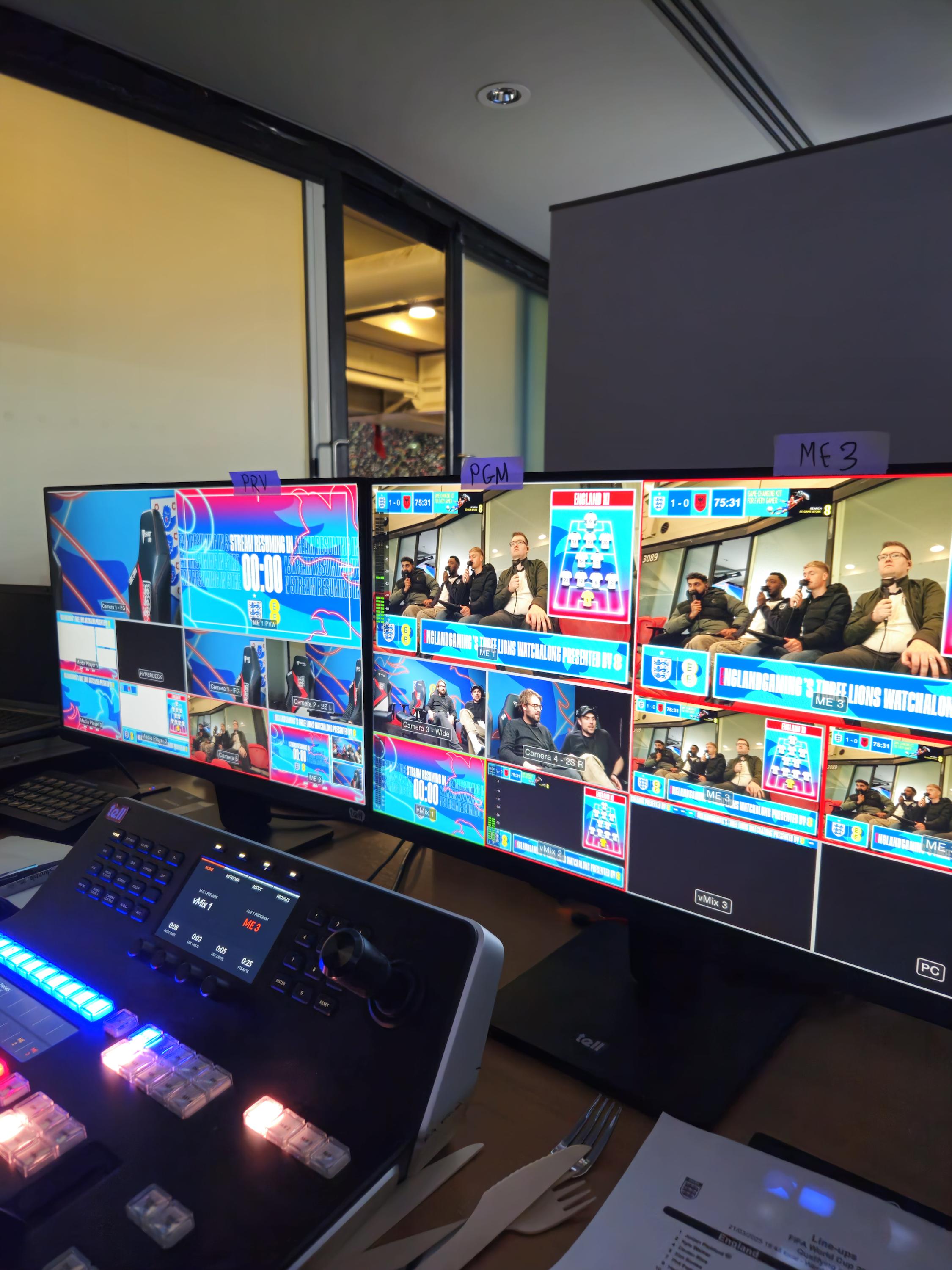VAR : A technological shift in officiating

In recent years, the adoption of Video Assistant Referee (VAR) technology has marked a significant turning point in the world of sport. Introduced as a tool to assist match officials in making more accurate decisions, VAR has quickly become a fixture in major tournaments and professional leagues across the globe. From football to rugby and cricket, the implementation of VAR and similar systems is reshaping how games are officiated and understood.
VAR was first officially tested in football by FIFA in 2016 and made its World Cup debut in Russia in 2018. Since then, it has been introduced in numerous top-tier competitions, including the UEFA Champions League, the Premier League, and domestic leagues across Europe, South America, and Asia. The main aim of VAR is to reduce human error in critical match situations; such as goals, penalty decisions, straight red cards, and cases of mistaken identity. The system allows a team of referees to review footage in real time and advise the on-field referee accordingly.
One of the biggest advantages of VAR is its potential to improve fairness and uphold the integrity of the game. Players and fans alike have long voiced concerns over inconsistent officiating, particularly in high-stakes matches. VAR helps to reduce these issues by allowing controversial incidents to be reviewed from multiple angles. As a result, it has brought a new level of accountability to decision-making, ensuring that calls are more transparent and defensible.
However, VAR is not without its detractors. Critics argue that it disrupts the flow of the game, with lengthy reviews spoiling the momentum and atmosphere. Others point out that even with technology, subjective decisions; such as judging the intent of a handball or the severity of a tackle, can still lead to disagreement. There are also concerns about inconsistency in how and when VAR is applied between different competitions and officials.
Beyond football, the concept of video-assisted officiating has also been widely embraced in tennis through the use of electronic line calling (ELC). Systems like Hawk-Eye use high-speed cameras and advanced software to track the ball’s trajectory and determine whether it lands in or out. Initially introduced as a challenge-based review system, ELC has evolved further, and in some tournaments it has replaced human line judges entirely.
This shift has been largely welcomed in tennis, as it removes subjectivity and error from line calls, and allows for faster, more reliable decisions. Players, coaches, and fans generally view ELC as a trustworthy solution that adds precision without disrupting the natural flow of the game. The success of electronic line calling in tennis has set a strong precedent for other sports to follow.
As technology continues to evolve, systems like VAR and ELC will likely become more efficient, accessible, and integrated across multiple sports. Developments such as semi-automated offside detection and live referee audio announcements are already being explored to improve transparency and engagement with fans.
Ultimately, the adoption of these systems reflects a broader movement in sport towards innovation and fairness. While they will never replace the human element entirely, technologies like VAR and ELC play a crucial role in ensuring that vital decisions are accurate, especially when the stakes are at their highest.





